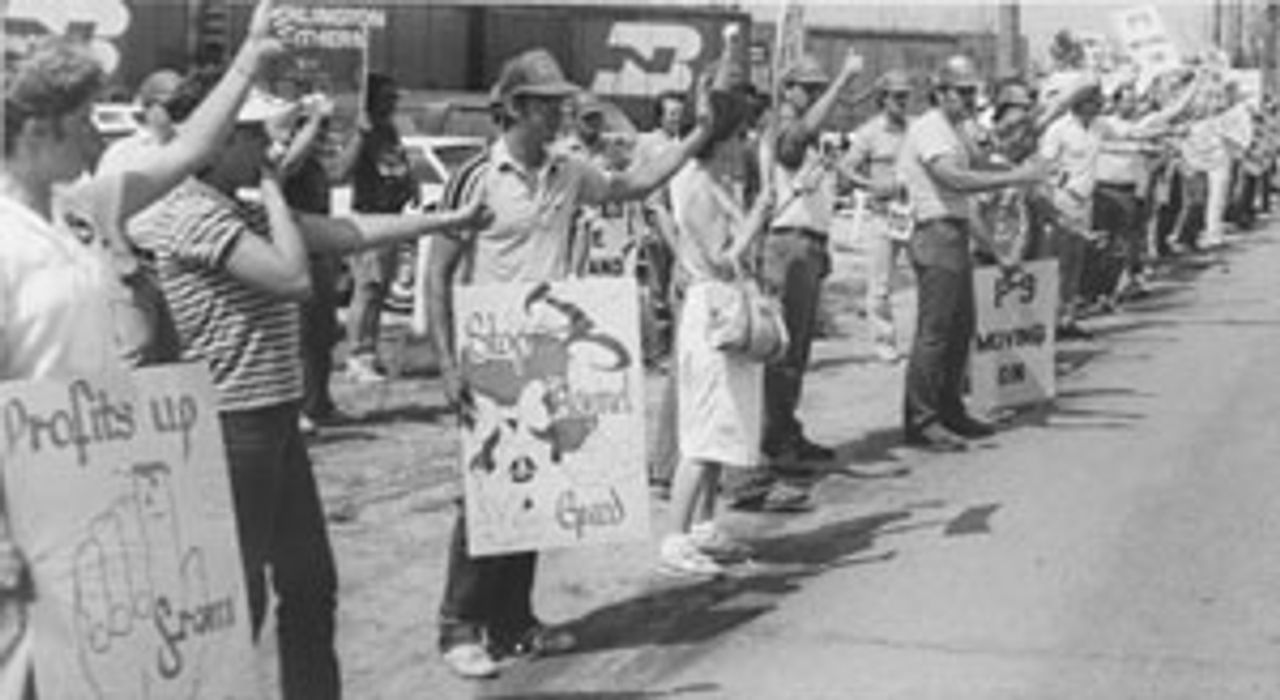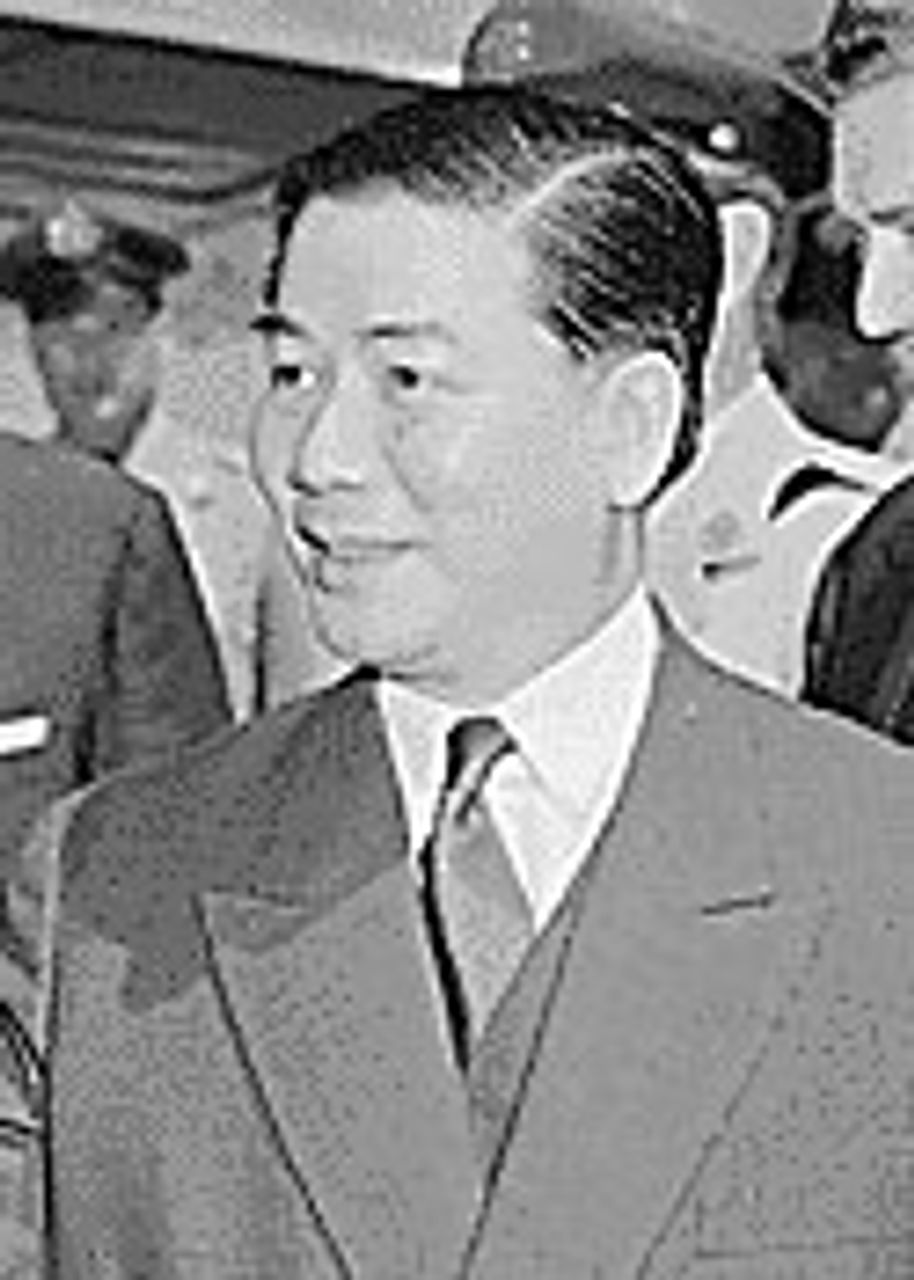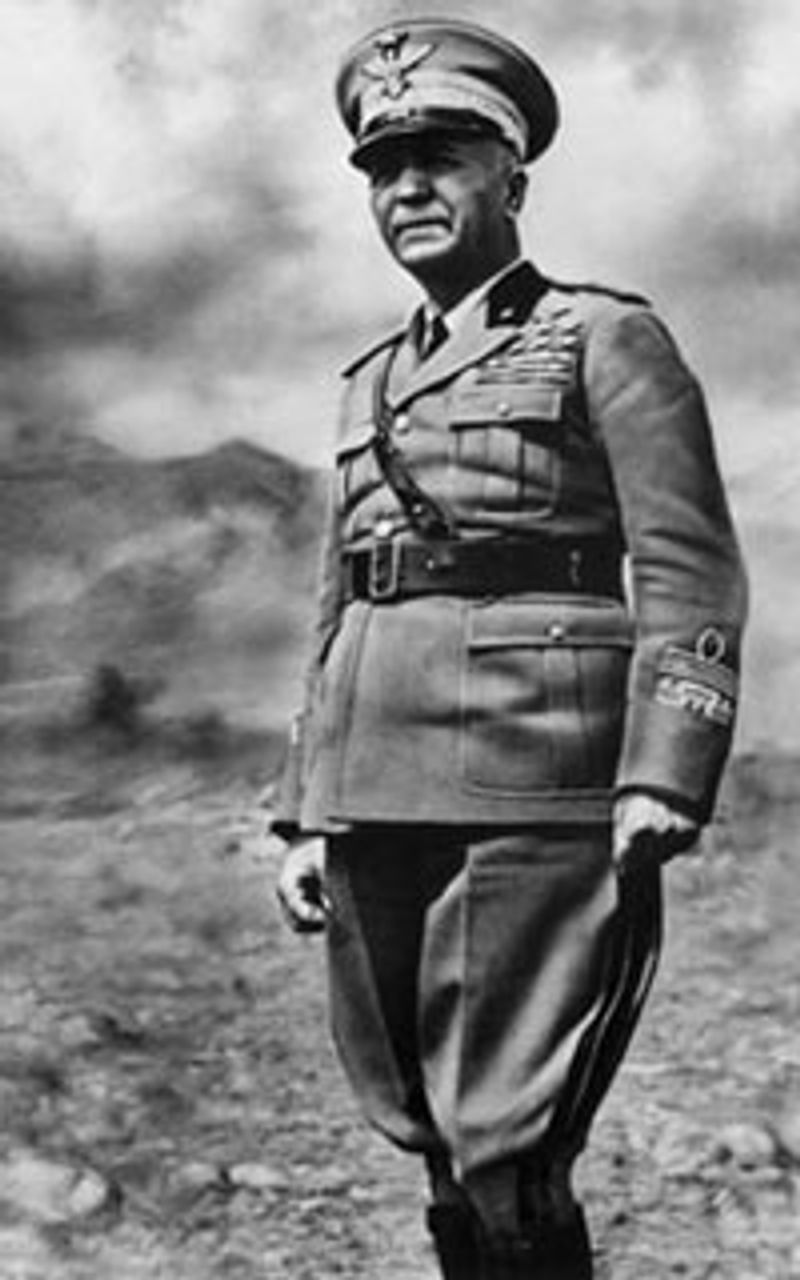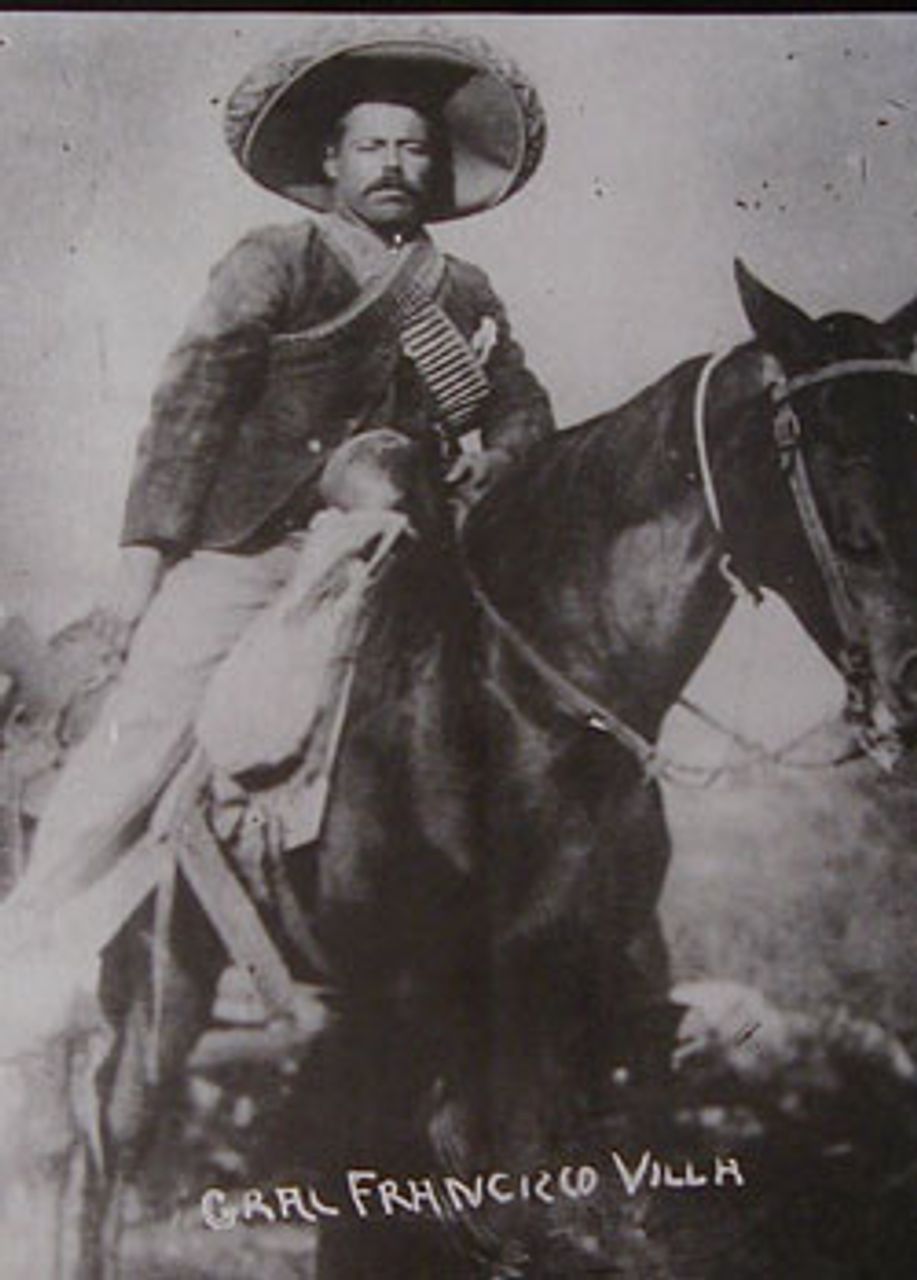This Week in History provides brief synopses of important historical events whose anniversaries fall this week.
25 Years Ago | 50 Years Ago | 75 Years Ago | 100 Years Ago
25 years ago: Union scabs on Minnesota Hormel strikers
 Hormel pickets
Hormel picketsIn a final act of treachery, the United Food and Commercial Workers union on May 7, 1986 placed its Austin, Minnesota branch, UFCW Local P-9, into trusteeship. The action took place nine months into the strike by Local P-9 against the Hormel meatpacking company. The international union immediately filed for a court injunction against the Local P-9 leadership to enforce its decision.
The stated aim of the action was to remove the democratically elected local leadership and end the strike, which had won broad support among workers and farmers in Minnesota, Iowa and across the US. With workers in Austin showing few signs of breaking, and with indications that the strike might spread to other Hormel plants in the Midwest, the international union was intervening openly on the side of management to crush the strike.
The meatpacking workers were not cowed by the maneuver. To cheers from the Austin workers, Local P-9 President Jim Guyette told a news conference a day later that the trustee would not be welcomed. Rank-and-file workers chained the doors of the Austin Labor Temple.
“We think that what they are ultimately trying to do here is trying to get a proposal for us that would eliminate many people from their jobs, and we cannot in good moral conscience sit idly by and let that happen, and we’re not going to,” Guyette said.
The working class support the Hormel workers were receiving—particularly among workers at a sister plant in Ottumwa, Iowa who refused to cross picket lines—showed the potential for a powerful counteroffensive. The Bulletin newspaper, forerunner of the World Socialist Web Site, called for union locals across the country to pass resolutions condemning of the UFCW action. It further proposed a mass labor demonstration in the Twin Cities to back P-9, a working class embargo against the movement of Hormel products, the calling of a general strike of Minnesota labor, and a break with the Democratic Party, whose governor in Minnesota, Rudy Perpich, had called out the National Guard to escort scabs into the Hormel plant. In contrast, the various middle-class protest groups called for a consumer boycott of Hormel goods and appeals to Democratic politicians.
50 years ago: Kennedy prepares escalation in Vietnam
 Ngo Dinh Diem
Ngo Dinh DiemThis week in 1961, the Kennedy administration began to prepare public opinion for a major escalation of US involvement in Vietnam, up to and including the deployment of military personnel. South Vietnam, under the corrupt regime of President Ngo Dinh Diem, was losing ground to insurgents who sought to reunify with North Vietnam under Ho Chi Minh.
Arkansas Senator William Fulbright, the Democrat who chaired the Senate Committee on Foreign Relations, left a White House meeting with Kennedy on May 4 telling reporters that the president was considering direct military intervention to “counteract Communist threats in South Vietnam,” as the New York Times put it. Fulbright had opposed the Bay of Pigs invasion of Cuba the previous month but said he would support greater US involvement in Southeast Asia.
In the preceding months, US interest had seemed to focus on Laos, where another insurgency, the Pathet Lao, had been gaining ground. But Kennedy determined that the situation there was impossible and efforts should instead be redoubled in South Vietnam. His position was taken up and supported by Fulbright and a number of senators, both Democrats and Republicans, on Sunday news programs May 7. The same day, North Vietnam issued a formal protest against the incursion of US military planes into its airspace.
Earlier in the week, the White House had negotiated the terms of a $41 million package of economic and military aid with Diem and it was announced that Vice President Lyndon Johnson would visit Saigon.
Defending the administration’s move toward deeper involvement in South Vietnam, Secretary of State Dean Rusk said, “[I]f you don’t pay attention to the periphery, the periphery changes and the first thing you know the periphery is center.”
75 years ago: Italy proclaims East Africa Empire
 Italian General Pietro Badoglio
Italian General Pietro BadoglioOn May 7, 1936, the Italian government announced the establishment of “Italian East Africa,” merging Italian Somaliland and Eritrea with Ethiopia and declaring Addis Ababa the capital of the new territory. The action came two days after Italian forces entered Addis Ababa and five days after Ethiopian Emperor Haile Selassie fled on a train to French-held Djibouti, carrying with him the contents of the Ethiopian Central Bank.
Speaking from the balcony of the Palazzo Venezia on May 9, Italian fascist leader Benito Mussolini triumphantly told the crowd, “Italy finally has its Empire… It is a Fascist empire, an empire of peace, an empire of civilization and humanity.” Mussolini declared King Vittorio Emmanuel III of Italy the Emperor of Abyssinia. Field Marshall Badoglio was given the title duke of Addis Ababa and viceroy of East Africa. Pope Pius XI offered his blessings.
Defeated in an attempt to subjugate Ethiopia in the 1890s, Italian imperialism this time used overwhelming force, mobilizing approximately one million soldiers to wipe out one of Africa’s last two independent states. Italy used a modern air force, tanks and chemical weapons against the Ethiopians, who relied on pre-World War I armaments.
The League of Nations, forerunner of the United Nations, lived up to the apt designation of “thieves’ kitchen” given it by Lenin. The League verbally criticized the Italian invasion but refused to enact serious sanctions on the aggressors. The sanctions eventually imposed by the League, some six weeks after the invasion, did not include materials like coal, oil and steel, vital to waging war, but instead included aluminum, of which Italy was a major exporter.
The US, Britain, and France, the major “democratic” imperialist powers, did nothing to oppose the rape of Ethiopia. The US continued to supply Italy with petroleum and the British allowed the Italian military to use the Suez Canal to reach Ethiopia.
100 years ago: Mexican Revolution pushes Diaz to the brink
 Pancho Villa
Pancho VillaThis week in 1911 the Mexican Revolution deepened and spread across the country, capturing new cities and challenging for others. But with the regime of Porfirio Diaz pushed to the brink, the leader of the revolution, Francisco Madero, pulled back, seeking an accommodation with Diaz’s supporters that would leave property relations in Mexico untouched.
Rebel forces captured the port of Mazatlan, marched on Saltillo, Zacatecas and Nogales, besieged Cuernavaca, and menaced Guadalajara and Vera Cruz, while federals held off insurgents in Romita Guanajuato. For the first time, heavy fighting took place in the state of Oaxaca, and in San Luis Potosi rebels moved with impunity.
One commentator estimated that Diaz controlled less than half the country. Even in Mexico City residents had “awakened to the fact [that] the government of Gen. Diaz, in its military aspect at least, rests upon a score or so of disconnected garrisons, which, while pretending to be actively putting down the revolution, are really only acting on the defensive with more or less success,” according to an American reporter.
In spite of the advance of the revolution—or rather, precisely because of it—Madero used every means at his disposal to work out a compromise with Diaz. He even privately indicated that his one publicly stated stipulation for peace—the resignation of Diaz—was negotiable.
Madero was under pressure from his family, one of Mexico’s most powerful, to put an end to the revolution at almost any cost. When the Diaz government issued a statement May 7 declaring that Diaz would “retire form power when his conscience tells him to do so without handing over the country to anarchy,” Madero used this as a pretext to call off an imminent attack on Ciudad Juarez on the US border, hailing Diaz as a “patriot.”
But Madero’s officers determined to take matters into their own hands. A young general, Pancho Villa, ordered an attack on Juarez on May 8. After first attempting to reverse the order, Madero consented and the federal force there quickly surrendered.
Villa’s virtual insubordination was another sign that the revolution had risen over the narrow banks envisioned by Madero. This was even more true in the central and southern parts of the country, whose peasant rebels were only nominally loyal to Madero. As one contemporary account noted, “[T]he common people, neglected and forgotten for so many years, are suddenly occupying the center of the stage.”
